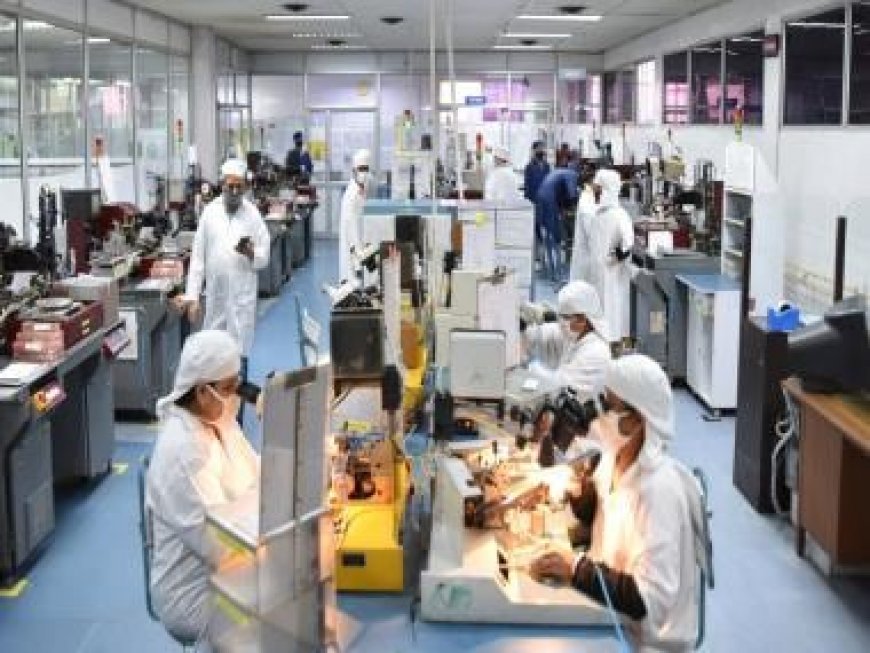India's oldest surviving semicon maker CDIL to increase its capacity by 100 Million Units
India's oldest surviving semicon maker CDIL to increase its capacity by 100 Million Units

Continental Device India Pvt. Ltd (CDIL), India’s oldest surviving semiconductor company is contemplating the possibility of establishing its own fabrication facility (fab) in India in the long term, provided the necessary supportive ecosystem emerges within the country.
For the time being, CDIL is concentrating on its local ATMP (assembly, testing, marking, and packaging) business and plans to augment its existing capacity of 500 million units by an additional 100 million units.
The company intends to leverage the Indian government’s production-linked incentive (PLI) scheme and the Scheme for Promotion of Manufacturing of Electronic Components and Semiconductors (SPECS) to set up two new ATMP lines, as disclosed by Prithvideep Singh, General Manager at CDIL Semiconductors.
Singh explained, “We’ll be adding 100 million units capacity. In this particular plan, the first phase has already been installed. Fifty million will be coming within another six to eight months and subsequently another 50 million.” CDIL, founded in 1964 in collaboration with Continental Device Corp. of Hawthorne, California (later known as Teledyne Semiconductor Co.), is now poised to enhance its presence.
CDIL’s expansion efforts coincide with global player Micron’s recent announcement of establishing an ATMP unit in India, involving an investment exceeding $800 million over five years. However, Singh did not disclose the exact amount of investment CDIL would undertake to bolster its capacities.
Regarding the possibility of CDIL constructing a fabrication facility in India, Singh stated that while the company was exploring this prospect, considering its prior expertise in the domain, the decision would hinge on several factors.
“It’s something we’re considering. We would love nothing more than to have two to six assembly lines in India and then have a wafer fab which could supply products to them. Right now, if we set up a wafer fab, we will take what we take internally for our products and then somewhere, we’d have to have the rest of the capacity,” Singh explained.
He also emphasized that all the raw materials required for fabrication and ATMP manufacturing are presently imported, encompassing chemicals, molding equipment, epoxies, and that the local infrastructure and service teams needed to handle the processing of these raw materials are currently lacking.
Over the next 12 to 18 months, CDIL’s primary focus will be on expanding its ATMP lines. Singh pointed out that the company’s expansion efforts align with the rising demand, both domestically and internationally. India’s position as a cost-effective manufacturing hub for electronics and semiconductors, combined with government incentives, subsidies, and a burgeoning domestic market, has spurred the need for capacity expansion.
“The government has also fueled some of this in terms of domestic consumption. They’ve got localization and indigenization clauses in many of their tenders, whether it’s E-meters or LED lights,” Singh noted, highlighting the government’s role in fostering the expansion of domestic semiconductor capabilities.
What's Your Reaction?



























































